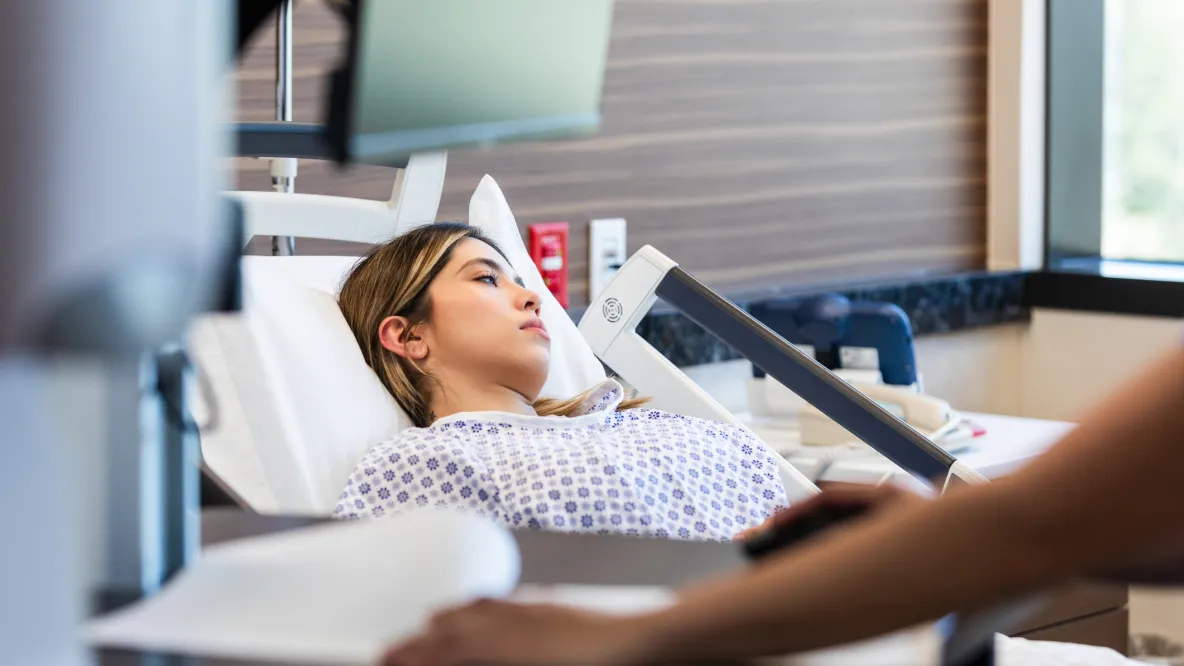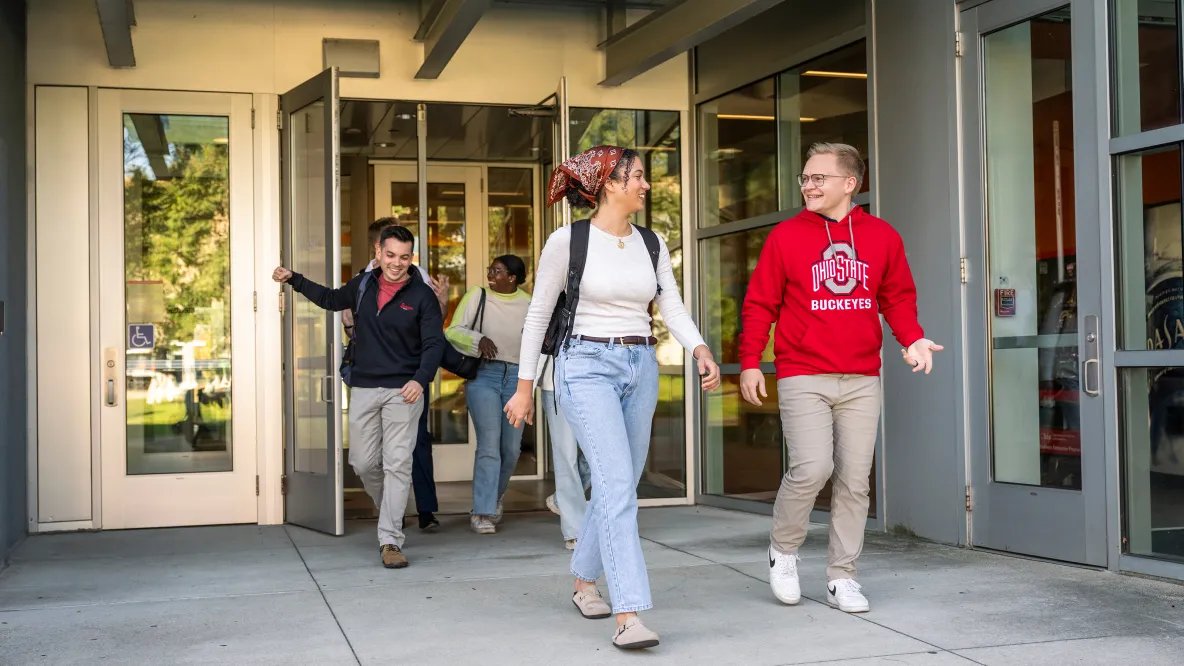An estimated one in seven Ohio women of adult, reproductive age has visited a crisis pregnancy center, a new study has found.
In a survey of 2,529 women, almost 14% said they’d ever attended a center. The prevalence was more than twice as high among Black women and 1.6 times as high among those in the lowest socioeconomic group, found a research team from The Ohio State University. Their study appears in the journal Contraception.
Crisis pregnancy centers are often supported by religious organizations and are designed to discourage women with unintended pregnancies from choosing abortion, though they don’t typically advertise themselves as anti-abortion. In Ohio, where more than 100 centers are spread throughout the state, they are funded by state dollars. In 2019, during the time of the survey, the state committed $7.5 million over two years to support the centers. Centers that focus on adoption may also receive funding from the sale of “Choose Life” license plates.
Marketed to pregnant teens and women who are trying to make a decision about their pregnancies, the centers typically provide pregnancy testing and counseling and often offer items such as diapers, formula and other baby supplies. Some centers also offer ultrasounds. They are not medical providers, and are not regulated by the Ohio Medical Board.
“Crisis pregnancy centers are visited by a large number of women in general, and even more women from populations that already face serious barriers to reproductive health care, raising concerns that this may serve as another obstacle to medical care,” said Robin Rice, the study’s lead author and a medical student at Ohio State.
“They look like medical clinics, and some women might not know if it’s a medical facility or not,” she said.
The new study provides a first-of-its-kind population-level snapshot of the prevalence of interactions with the centers, a measurement that could help clinicians, reproductive rights advocates and others seeking to ensure Ohio women are receiving appropriate medical care, including information about all of their legal options, she said.
Maria Gallo, a study co-author and professor of epidemiology at Ohio State, said that previous research has found that the centers sometimes provide misinformation about reproductive health — something that is particularly concerning in cases where women mistakenly think they are visiting a health care provider. “The state is spending millions of dollars on these centers each year, making it even more important that pregnant women are aware of their missions and the fact that they are not medical providers, but typically religious-based outfits that oppose abortion,” she said.
“If these centers are drawing in people who don’t have other pregnancy counseling and care options, or don’t know what those options might be, that’s a concern. And if they’re doing medically adjacent procedures, like pregnancy tests and ultrasounds, it could increase the chances that women think they’re getting regulated health care when they’re not.”
Gallo said delays in getting medical care could result in women not receiving a proper diagnosis of early pregnancy complications such as life-threatening ectopic pregnancy.
Rice said it’s important that health care providers understand the reach of these centers, and recognize that their patients’ experiences may be colored by information they receive at them. Another potential action item based on the study’s results: “We could seek to establish legitimate state-funded prenatal clinics in those areas that may not have them,” she said.
“Mitigating financial barriers is also important. Crisis pregnancy centers are free, so we might also want to think about ways to offer alternative free support services that also draw women in for comfort and to get free supplies.”
From a policy perspective, Gallo said lawmakers may want to rethink the use of state funds for unregulated organizations that have been shown to provide health misinformation.
Other Ohio State researchers who were part of the study team are Payal Chakraborty, Lisa Keder and Abigail Norris Turner.



